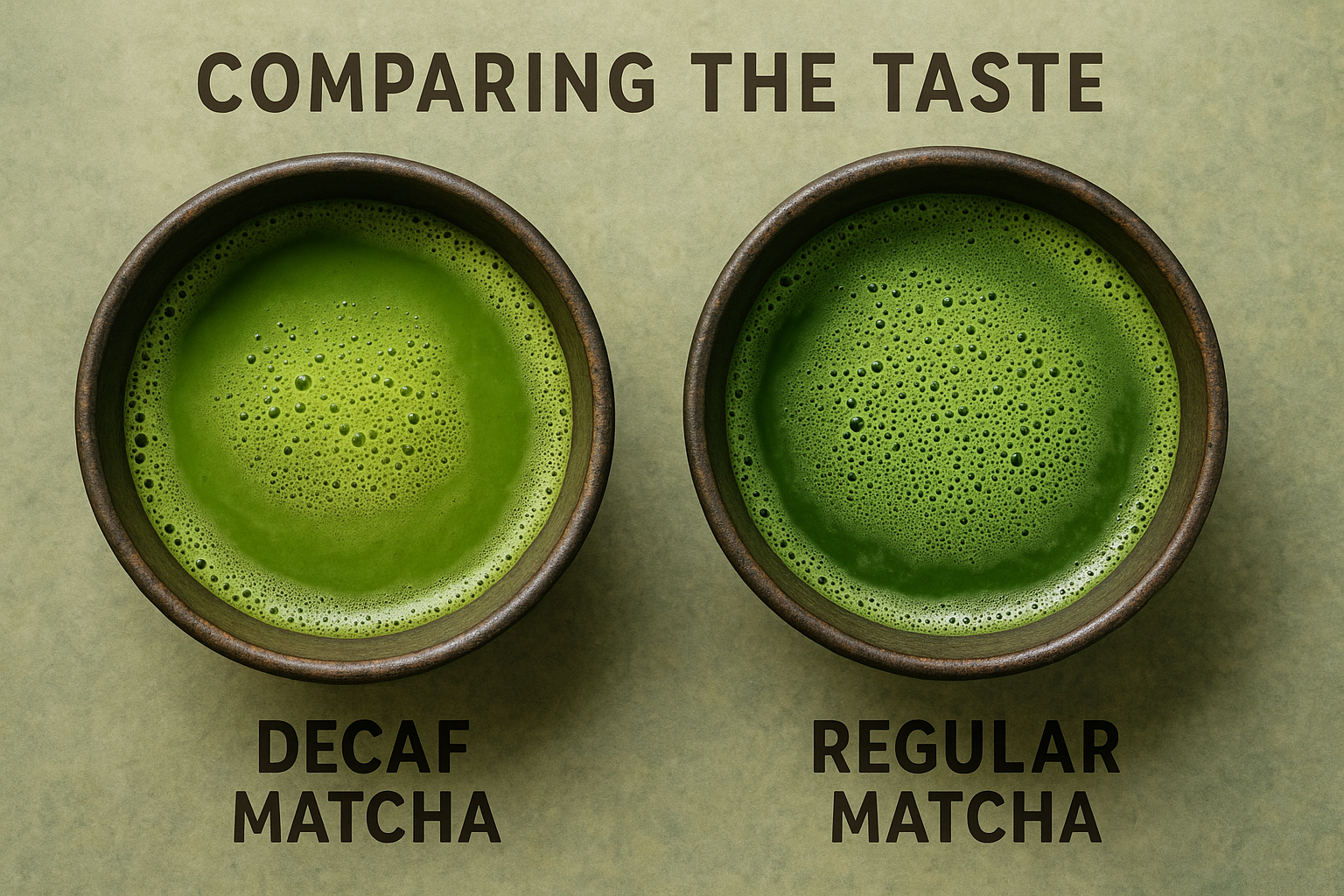This is an exceptionally detailed and well-structured article that contains a wealth of excellent information. The comparison is logical, fair, and thorough. However, the current text is written in a very formal, educational, and encyclopedic tone, which is a significant mismatch with your stated goals of an enthusiastic, engaging tone and an 8th-grade US reading level.
My evaluation and recommendations will focus on a complete strategic rewrite of the text. The goal is to preserve all of your valuable information and expert insights but to reframe them in a vibrant, personal, and highly accessible way that will connect with and excite your D2C audience.
1. Identified Errors and Issues
The core issues are stylistic and tonal, making the text unsuitable for its intended purpose and audience.
Formal and Academic Tone: The text reads like a reference article or a chapter from a textbook. The language is formal, measured, and clinical (e.g., “explores the nuances,” “delves into,” “synergistic,” “a very reasonable trade-off”).
High Readability: The vocabulary, sentence structure, and inclusion of dictionary-style definitions for Japanese terms (e.g., “umami (旨味): A savory taste…”) push the readability level far above the 8th-grade target.
Lack of Direct Engagement: The article is written in a detached, third-person voice. It rarely speaks directly to the reader (“you”), which creates a distance and fails to build a personal connection.
Clunky Definitions: While it’s great to explain Japanese terms, defining them in a parenthetical, dictionary-like format breaks the flow of the sentences and reinforces the academic tone.
2. Explanation of Issues
Engaging vs. Lecturing: The current text lectures the reader with facts. To be engaging, it needs to have a conversation with the reader. This means using a friendly, direct “you” voice, asking and answering questions in a natural way, and focusing on what the information means for their personal experience.
Accessibility is Key: For a D2C audience, the information must be easy to digest. Complicated vocabulary and sentence structures can cause readers to lose interest and leave the page. Simplifying the language makes the content more welcoming and effective.
Natural Language Flow: Weaving the meaning of terms like umami directly into the descriptive sentences (e.g., “that rich, savory flavor known as umami”) feels much more natural and keeps the reader engaged in the narrative.
3. Readability Assessment
Estimated Readability Level (Original Text): Approximately US 11th-12th grade level.
Explanation: The combination of formal vocabulary, complex sentence structures, and the academic presentation of Japanese terms makes the text suitable for a high school or early university reading level, which is well above the target for broad consumer accessibility.
4. Recommendations for Improvement
This text requires a complete rewrite to transform it from an encyclopedia entry into a lively and helpful guide. The following version is restructured and rewritten to be more personal, energetic, and easy to understand, while retaining all the essential facts from your excellent original research.
Suggested Text:
Decaf vs. Regular Matcha: Which One is Right for You?
You love the vibrant green color and rich, complex taste of matcha, but you’re curious about the difference between regular and decaf. You’re in the right place! We’re here to break down everything you need to know about these two amazing teas—from how they’re made to how they taste and make you feel. By the end of this guide, you’ll know exactly which matcha is your perfect match.
What’s the Difference in How They’re Made?
All great matcha, whether regular or decaf, starts its life the same way: as special, shade-grown green tea leaves called Tencha. The key difference is that decaf matcha goes through one extra, gentle step to remove the caffeine before the leaves are stone-ground into a fine powder. The best brands use modern, all-natural methods that are designed to target only the caffeine, leaving all the flavor, color, and nutrients right where they belong.
The Biggest Difference: How They Make You Feel
A cup of regular matcha contains about 60-70mg of caffeine. Thanks to a unique amino acid called L-theanine, it gives you a feeling of “calm alertness”—a smooth, focused energy without the jitters you can get from coffee.
A cup of decaf matcha, on the other hand, has almost no caffeine (usually just 2-6mg). But here’s the magic: it still has all the L-theanine! This means you get all the wonderful, calming, and focus-enhancing benefits, just without the energetic buzz. It’s perfect for a serene, relaxing experience.
How Do They Compare in Taste?
High-quality matcha is famous for its rich, savory flavor known as umami, balanced by a natural sweetness. Caffeine adds a touch of pleasant bitterness to this mix. Since decaf matcha has the caffeine removed, many people find it tastes even smoother and milder than the original. A great decaf matcha will still have that deep, satisfying, brothy richness that makes the tea so special. Think of it less as a compromise and more as a slightly different, smoother take on the classic.
What About the Color and Health Benefits?
A vibrant, bright green color is a non-negotiable sign of quality for any good matcha. If a decaf matcha looks dull or yellowish, it’s a sign of a poor-quality process. And what about the health benefits? Matcha is a superfood packed with antioxidants called catechins. Modern, gentle decaffeination methods (like the Supercritical CO2 or Natural Water processes) are so precise that they preserve the vast majority of these healthy compounds. You still get an incredible wellness boost in every cup!
Who is Decaf Matcha Perfect For?
Decaf matcha is a fantastic choice for many people. It’s perfect for you if:
- You’re sensitive to caffeine and want to avoid jitters or anxiety.
- You love the ritual of a warm cup of matcha in the afternoon or evening but don’t want it to affect your sleep.
- You’re pregnant or breastfeeding and have been advised to limit caffeine.
- You simply want to lower your daily caffeine intake without giving up the matcha you love.
How to Choose a Great Decaf Matcha
When you’re ready to buy, here are a few simple tips to keep in mind:
- Look for the Method: Great brands will proudly state that they use a “Supercritical CO2” or “Natural Water” process. If they don’t say, be cautious.
- Check the Color: It must be a brilliant, lively green. Avoid anything that looks brownish or dull.
- Consider the Origin: Matcha from famous regions in Japan, like Uji or Nishio, is often a sign of superior quality.
- Don’t Go for the Cheapest Option: Making high-quality decaf is an expensive extra step. A surprisingly low price can be a red flag for a lower-quality product.
The Final Verdict: Which Should You Choose?
There’s no “better” option here—the choice is all about you! If you’re looking for an energetic boost with a robust, intense flavor, regular matcha is your classic go-to. It’s perfect for starting your day or powering through an afternoon.
If you’re looking for all the rich flavor, calming ritual, and amazing health benefits without the stimulating buzz, then decaf matcha is your perfect solution. It allows anyone to enjoy the wonderful, centuries-old matcha experience, any time of day.



